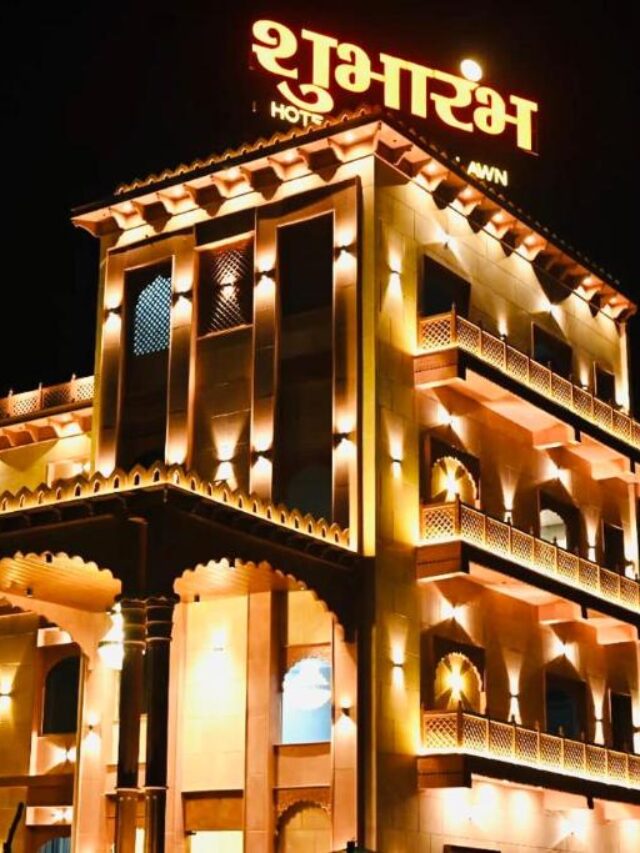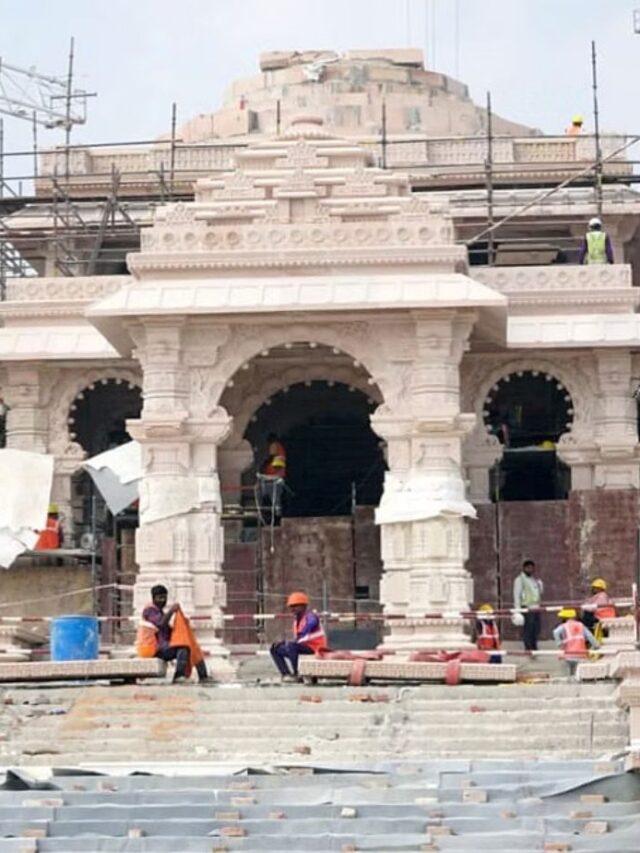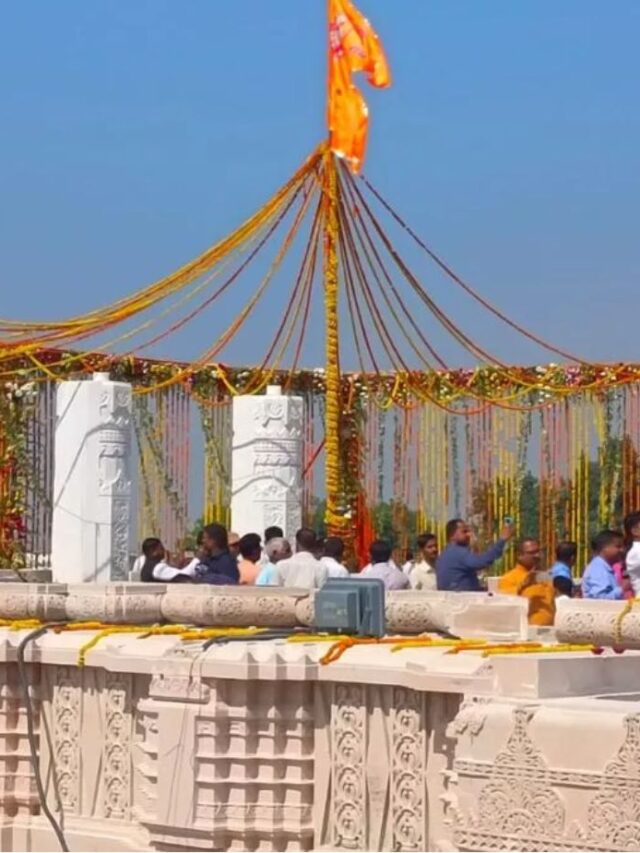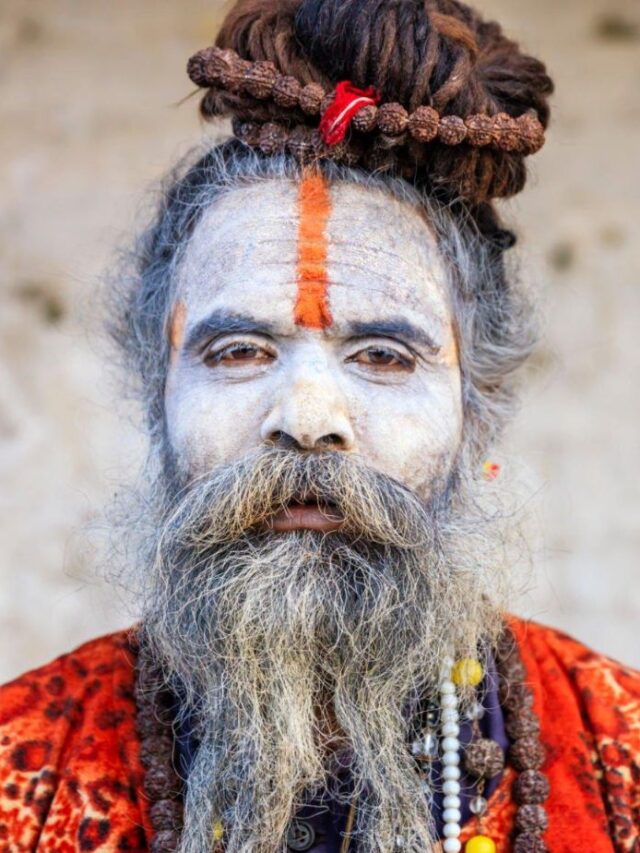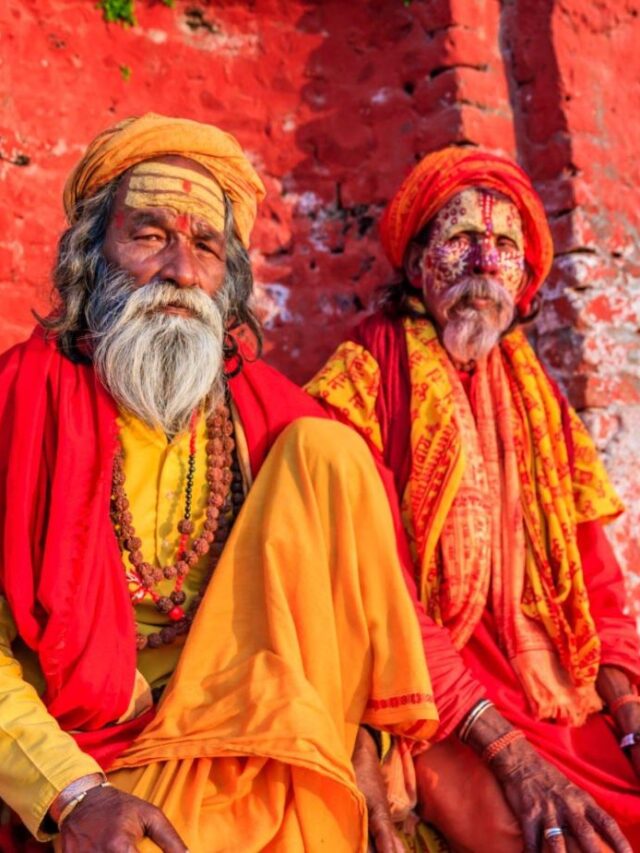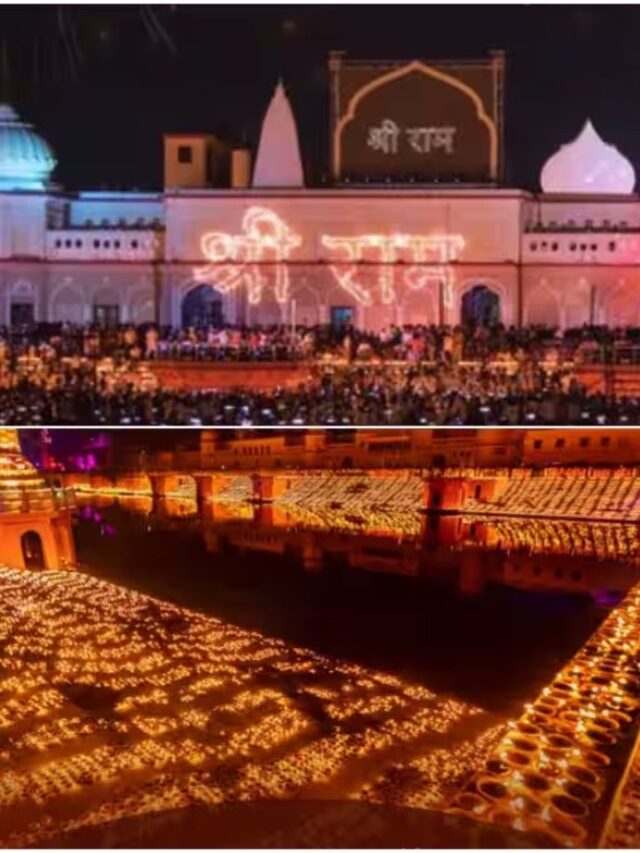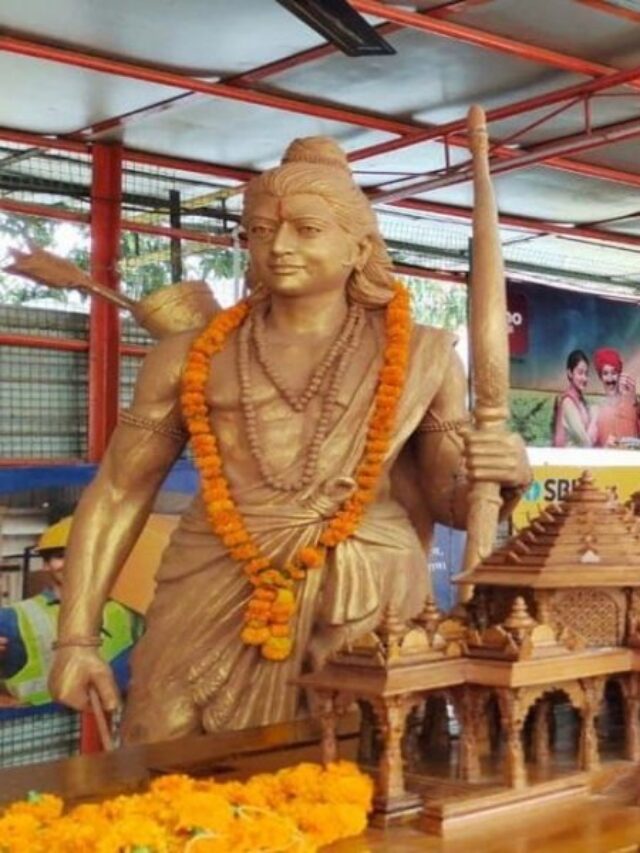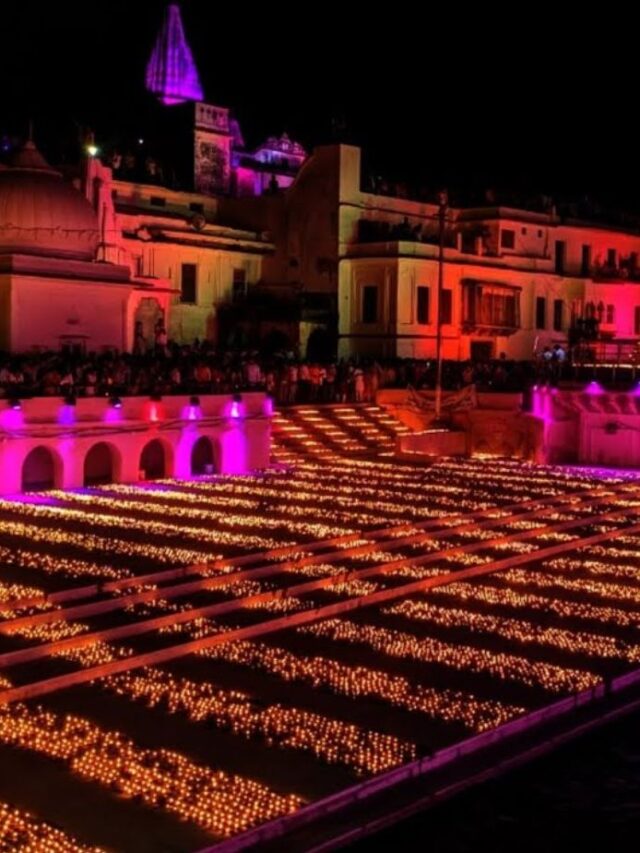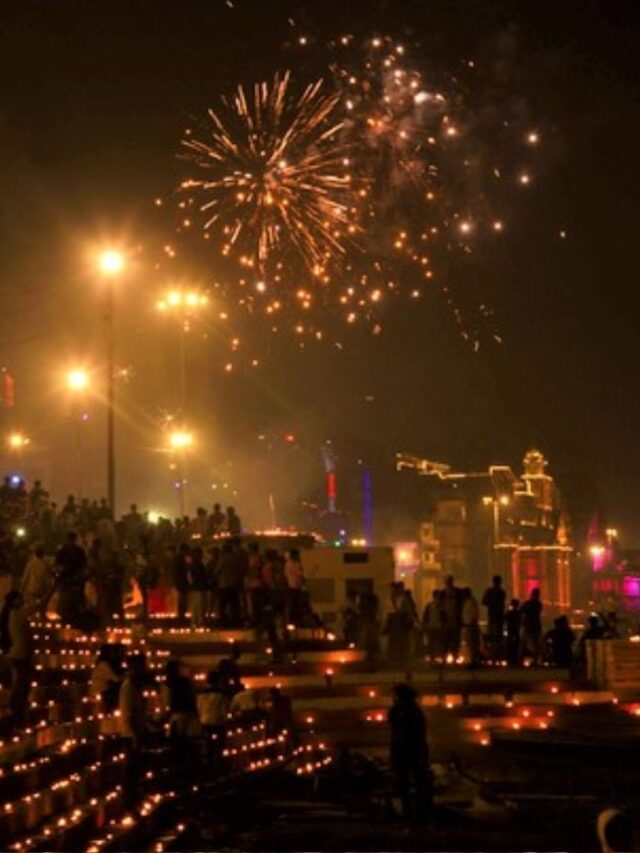Nestled beside the tranquil shores of the sacred Sarayu River in northern India’s Uttar Pradesh, Ayodhya emerges as a tangible testament to a rich cultural and religious heritage that has endured across centuries. This venerable city, intricately woven into the majestic fabric of the Ramayana epic, holds immense importance in the hearts of millions as the hallowed birthplace of Lord Rama, the seventh incarnation of Lord Vishnu. The complex interweaving of Ayodhya’s historical, mythological, and spiritual facets creates a unique narrative that has gracefully stood the test of time.
Also read – Ayodhya’s Role in Hindu Mythology: Unraveling the Connection Between Ayodhya and Lord Ram’s Epic Tale
Historical Tapestry:
Ayodhya boasts profound historical origins, supported by archaeological findings that trace back to the period preceding Buddhism. Its significance flourished under the rule of the renowned King Dasharatha, who was the father of Lord Rama. Unearthed remnants of ancient edifices offer insights into the city’s former splendor. The transition from the majestic Ayodhya of bygone eras to the vibrant contemporary town preserves a tapestry of history woven into every nook and cranny.
The Ramayana Epitome:
Ayodhya’s renowned status emanates from its historical connection to the Ramayana, a venerable Indian epic depicting the life and exploits of Lord Rama. As per the epic, Ayodhya served as the capital of the flourishing Kingdom of Kosala, governed by King Dasharatha. The tale encompasses the birth of Lord Rama, his exile, the kidnapping of his wife Sita by the demon king Ravana, and the consequential epic battle, all intricately interwoven into the cultural tapestry of Ayodhya.
The Sacred Sarayu:
Gracefully meandering alongside Ayodhya, the Sarayu River transcends mere geography; it embodies purity and divinity. Whether pilgrim or tourist, all discover solace along the tranquil banks of the Sarayu, embracing the spiritual ambiance that blankets the city. Referenced in the Ramayana, this river bears sacred significance, seamlessly weaving into Ayodhya’s religious tapestry.
Religious Harmony:
Apart from its link to Hinduism, Ayodhya serves as evidence of India’s rich mosaic of religious variety. In this city, one can find a myriad of religious landmarks, such as mosques and temples, illustrating the harmonious cohabitation of diverse faiths. The prolonged Babri Masjid-Ram Janmabhoomi conflict, which endured for numerous decades, ultimately found resolution through the establishment of the Ram Temple on the contested grounds. This significant occurrence mirrors the nation’s dedication to fostering religious unity and inclusiveness.

The Festive Aura:
Ayodhya comes alive with vibrant festivities, particularly during Diwali, the festival of lights. The city, adorned with thousands of lamps and decorations, symbolizes the triumph of light over darkness, echoing the victory of Lord Rama over the demon king Ravana. Pilgrims from across the globe gather to partake in the grand celebrations, creating an atmosphere charged with devotion and joy.
Pilgrimage Destination:
Ayodhya, being the birthplace of Lord Rama, holds immense spiritual significance for millions of devotees. Pilgrims throng the city throughout the year, visiting revered temples such as the Kanak Bhavan and Hanuman Garhi. The pilgrimage circuit takes visitors through the hallowed grounds associated with the Ramayana, fostering a deep connection with the divine.
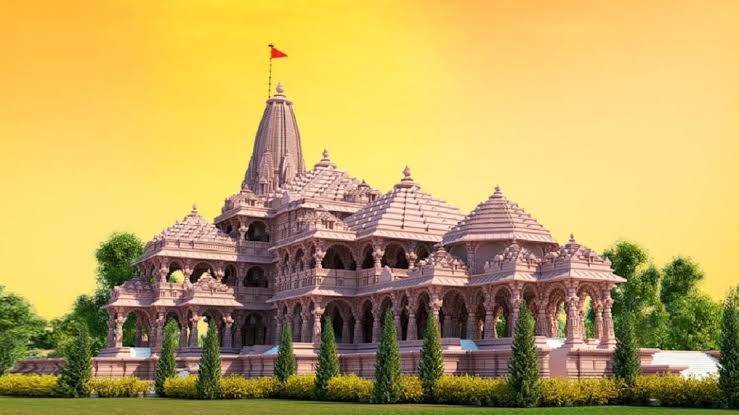
Preserving Heritage:
Efforts are underway to preserve Ayodhya’s cultural and architectural heritage. Restoration projects, archaeological excavations, and the promotion of responsible tourism aim to ensure that the city’s ancient splendor is not lost to time. Ayodhya’s inclusion in the government’s heritage and tourism initiatives underscores its importance as a cultural and religious treasure trove.
Conclusion:
Ayodhya, the sacred realm of Lord Rama, surpasses the confines of temporal and historical constraints. Enriched by its age-old origins and profound religious and cultural importance, it stands as a precious gem in the heritage of India. While Ayodhya progresses, honoring its historical legacy and navigating towards the future, it endures as a symbol of spirituality, unity, and fortitude—an urban testament to the very core of India’s diverse tapestry.
Also read – How Does an On-Demand Taxi Booking App Works

